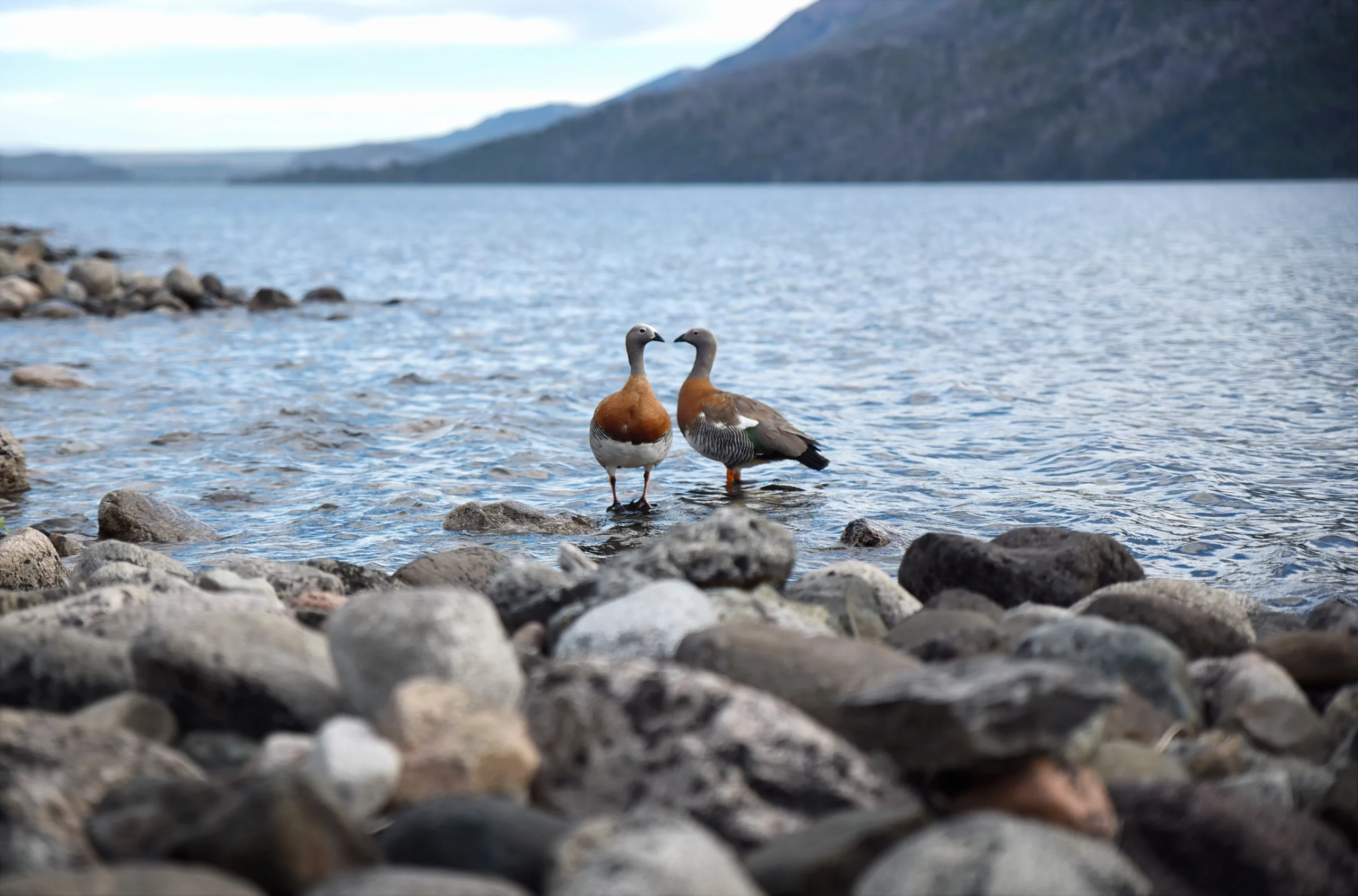Argentina, a land of diverse landscapes and ecosystems, boasts a rich tapestry of plant and animal life that spans from tropical forests to semi-desert regions. The country’s vegetation varies greatly due to its vast geographical expanse, ranging from the northern Interfluves with subtropical forests to the arid west with xerophilous shrubs. Similarly, its fauna, though not as diverse as some neighboring Latin American nations, is home to several unique endemic species that have adapted to the different environments across the country.
Vegetation Zones and Diversity:
The vegetation of Argentina is a reflection of its diverse climate and topography. In the northern Interfluves, lush subtropical forests thrive. These forests are characterized by a variety of tree species such as Araucaria, cedro, and lapacho, known for their valuable wood. To the south, shrub vegetation takes over, and wetlands are adorned with reeds, lilies, and other aquatic plants. Along riverbanks, sparse forests of acacia, mimosa, ostrich trees, and palms provide vital ecosystems.
As one moves southward, open grassy plains dominate the landscape. The iconic Pampas, known as a transitional area to this ecosystem, are characterized by vast grass prairies devoid of woody vegetation. The Wet Pampa was once home to rich grass cover, including cowpea, pearl millet, and wild millet. Sadly, much of this natural vegetation has been replaced by agriculture, leading to a loss of original biodiversity.
Forest Ecosystems and Challenges:
Forests cover around 12% of Argentina’s land area. Among the most valuable are the coniferous forests found in the Interfluvial and humid Andes regions, as well as the Quebracho forests of the Chaco. However, these forests face challenges due to their remote locations and issues related to exploitation. Conservation efforts are underway, including the establishment of artificial forests in more inhabited areas like the Pampa.
The Chaco region’s forest resources have been significantly exploited, raising concerns about their protection and restoration. The delicate balance between human needs and ecosystem preservation is a crucial consideration in these areas.
Fauna and Endemic Species:
Argentina’s fauna is not as diverse as that of some neighboring countries, yet it is home to several remarkable endemic species. In the Andes and their foothills, as well as in the sparsely populated Patagonia region, one can find the Pampas deer, Pampas cat, and Magellanic dog. The relict spectacled bear is a unique inhabitant of the Puna region.
The iconic puma roams the open semi-desert landscapes of Patagonia and the savannahs of the Chaco. Among the more endangered species are the vicuña and the chinchilla, both prized for their exquisite fur. Sadly, these species have suffered population declines.
Avian and Aquatic Life:
Argentina’s marshes, lakes, and water bodies harbor a vibrant array of waterfowl, some boasting bright and stunning colors. Flamingos and herons are commonly found along water banks, adding a splash of color to the landscape. Hummingbirds, including endemic species like the fluttering emerald in the Patagonian Andes, inhabit the forests.
Conservation and Future Challenges:
Preserving Argentina’s diverse ecosystems and endemic species is a pressing concern. Habitat loss due to agriculture, logging, and other human activities remains a challenge. Conservation efforts, including protected areas and reforestation initiatives, play a vital role in mitigating these issues.
In conclusion, Argentina’s plant and animal life reflect the country’s diverse landscapes, from lush forests to expansive grasslands. While facing challenges such as habitat loss and exploitation, conservation efforts strive to maintain the unique biodiversity of this South American nation.




